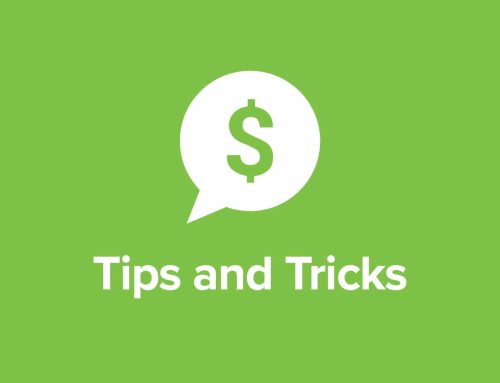
The summer holidays are a great time to not only spend time with your children, but also to teach them some important long term life lessons!
In a world where all children are becoming more and more independent, it is important that they learn the value of money from a young age. With new technologies, children can make purchases easily, and as a parent, you may not even know about it.
Also, it can be tempting to pay for all your child’s expenses and buy them what they need. However, you can be missing out on valuable opportunities to teach them about money.
So where do you start?
Here are some tips we’re sure you’ll find useful!
- Teach the value of money
When children have a fixed amount for their pocket money, they must decide how and what to spend their money on. This is giving them the practise they’ll need as adults.
You can guide your kids by:
- Teaching them to look at the prices, so they learn about pricing of goods and services.
- Showing them that similar products can have large price differences.
- Explaining to them that quality doesn’t always correlate to the price of something.
Over time, you’ll hopefully see that they may begin to learn to check and compare prices before buying something. Afterall… it is their money that they are using! This can also help minimise the effect and importance they place of any advertising they see.
- Teach responsibility
Giving your children pocket money can help them learn financial management skills such as making their pocket money last for a desired amount of time.
Younger children may also need to take responsibility for keeping their money safe – like placing the cash in a piggy bank.
When you start giving your older children more money, you could also help them budget by making a list of expenses their pocket money must cover and calculating how much money they have left to spend on items they want.
- Guide them on how to set and achieve goals
Giving your children pocket money teaches them about delayed gratification. If they want to buy something expensive like a bicycle, you could teach them to save some of their pocket money so they can buy it.
At the same time, your children could learn to make trade-offs, like not buying smaller items so they can get a bicycle sooner.
- Encourage entrepreneurial skills
If you link pocket money to optional chores, you can teach your children that certain actions are rewarded.
For example, if you’re paying for a garden service, you could offer money instead of paying someone else. Once you’ve changed your child’s thought process from expecting money to realising they must earn money, they might start thinking of ways to earn money from their hobbies.
- Educate them about digital money
Making purchases online has become easier for everyone to do. Money is not only a tangible thing anymore, so it is easy for children to not fully grasp the concept that this is real money. For example, if a child is on your device like a phone or iPad, and your credit cards details, PayPal or other payment methods are connected to it, a child can easily make a purchase, not realizing the full extent of the purchase. Not only ensure that you have security measures in place so no one else can make purchases, but also make sure that your children understand that this is real money taken from your bank account. This is a concept that needs to be discussed with them when they start to use digital devices.
Research shows that the best way for our young ones to learn is to let them give it a go. There are many helpful services and apps that can assist you with teaching children about money… here are some of our favorites…
Bankaroo
Bankaroo is the perfect option for children who love games. Created by an 11-year-old, Bankaroo is a virtual bank for kids to learn about money, saving toward goals, making decisions and tracking expenses all in one place. Using gamification and a colourful interface, Bankaroo engages young ones using fun badges.
Spriggy
Spriggy is Australia’s #1 Money App for Kids and Teens. It is a prepaid card and app designed to help teach kids 6-17 financial responsibility while giving parents peace of mind.
Allowance
With this app, you can set their jobs for the week, decide how much they will earn for each job and it will help your children manage their earnings. The app will track completed jobs and earnings and at the end of the week will divide the money into 10 % giving, 10% investing, 10% savings and 70% spending. This is a great way to teach them about why you should split up your income into savings and spending and can help develop strong saving habits down the track. Get the app here.
Kids Money
This free app can help prepare children for larger purchases and is a great way for them to learn about money management. For example, if your child wants to save for a bike, they can enter the information into the app (e.g., cost of the purchase, weekly pocket money, gift money) and then the app will tell them how much they need to save and how long it will take for them to save it. Get the app here.



